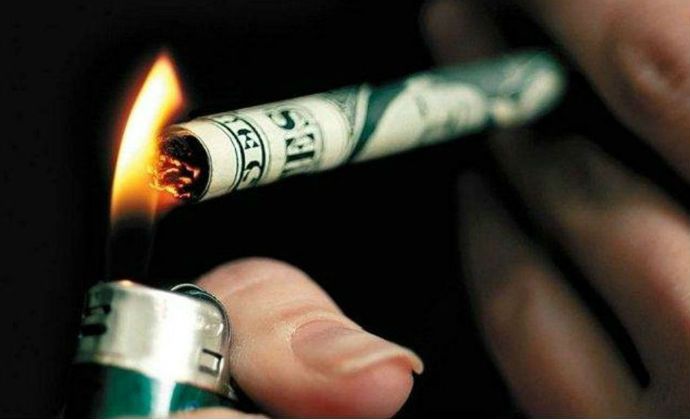The High Cost of Tenant Smokers

The list of tasks to clean a house that has been heavily smoked in can leave a property manager shaking his or her head. Clean or replace if needed, floors, baseboards and trim, walls, ceiling, door chime, shelving, light fixtures, outlets and switches, closet organizers and rods. And that’s just the short list.
Smokers Multiply Property Cleaning Costs
A study conducted seven years ago by UCLA in conjunction with the California Apartment Association suggests that costs of a thorough restoration of a two-bedroom apartment unit inhabited by a heavy smoker could cost in the range of $8,000 per unit. Think that’s high? Portland, Ore.-based Kennedy Restoration Co. says that, while individual units may vary, restoration of that same unit could cost up to $15,000.
“To turn the unit, it costs at least 3-4 times more if the person in the unit was a heavy smoker,” says Eric Wiegers, California Apartment Association Senior Vice President Communications.
Now, think about the cost to remediate a 2,500-square-foot single-family home in your lease portfolio. The costs are much more significant than those associated with normal make-ready of a property that has been vacated by a resident.
The additional expense comes from radical cleaning – or replacements – necessary to return the home to a revenue viability.
A deep clean that goes beyond scouring walls, cabinets and doors will be necessary. Ozone treatment by generators that emit ozone gas (O3) may be needed to eliminate the stench from the air, walls, carpets, cabinets and fixtures. The process takes about 24 hours for generators to thoroughly push enough ozone gas through duct work to saturate the dwelling.
Factoring Replacement and Turnover Costs from Smokers
Sometimes, the carpet, padding, curtains, vinyl, counter tops and other furnishings are a total loss and have to be replaced. Floors, walls, doors, shelving and cabinets have to be repainted and sealed with odor control products.
“A lot of times the carpet and pad have to be replaced, then you’re talking about multiple layers of paint, twice the cleanup for the housekeepers, then odor treatment on top of it all,” says John Robinson of Denver-based Venturi Technologies, Inc. “It does become very expensive.”
It’s no secret that some of the largest operating expenses of a property result from residents moving in and out. Lost rent in addition to advertising and leasing expenses, plus maintenance between tenancies, add up. And adding an $8,000 restoration bill plus four additional days for the smoke remediation team to work, the turnover cost soars. Approximately nine months can be added to the normal return on investment for turnover for leasing the property.
Smoke-Free Can Boost Your Bottom Line
Some landlords, according to online chatter, are withholding deposits because extensive remediation is necessary on units vacated by heavy smokers. Damage caused by smoking is not normal wear and tear.
A study by the American Journal of Public Health published last August shows that California apartment owners collectively could save up to $18 million per year by implementing smoke-free rules. Smoke-related costs were reduced in half when smoke-free policies were in place at properties.
The absence of smoking also creates a healthier lifestyle. Cigarette smoke contains more than 7,000 chemicals, according to the U.S. Surgeon General. About 70 of them cause cancer.
UCLA’s researchers say that secondhand smoke results in about 4,000 deaths each year from ischemic heart disease and lung cancer. Additionally, nearly 31,000 bouts of asthma in children and 4,700 premature infant deliveries each year can be attributed to secondhand smoke.
Health concerns aside, smoking in lease homes can be costly. It’s the single largest cause of house fires, and implementing a smoke-free policy could potentially save on insurance premiums, not to mention protect future returns.
Finding the balance between an occupied home that produces top-line revenue and one that is consumed by turnover costs is a task that property owners today must face.
Is continuing to offer smoking inside your lease properties a worthwhile investment? If allowed by law, would you consider designating smoke-free properties or banning smoking all together? Let us know what you think.







